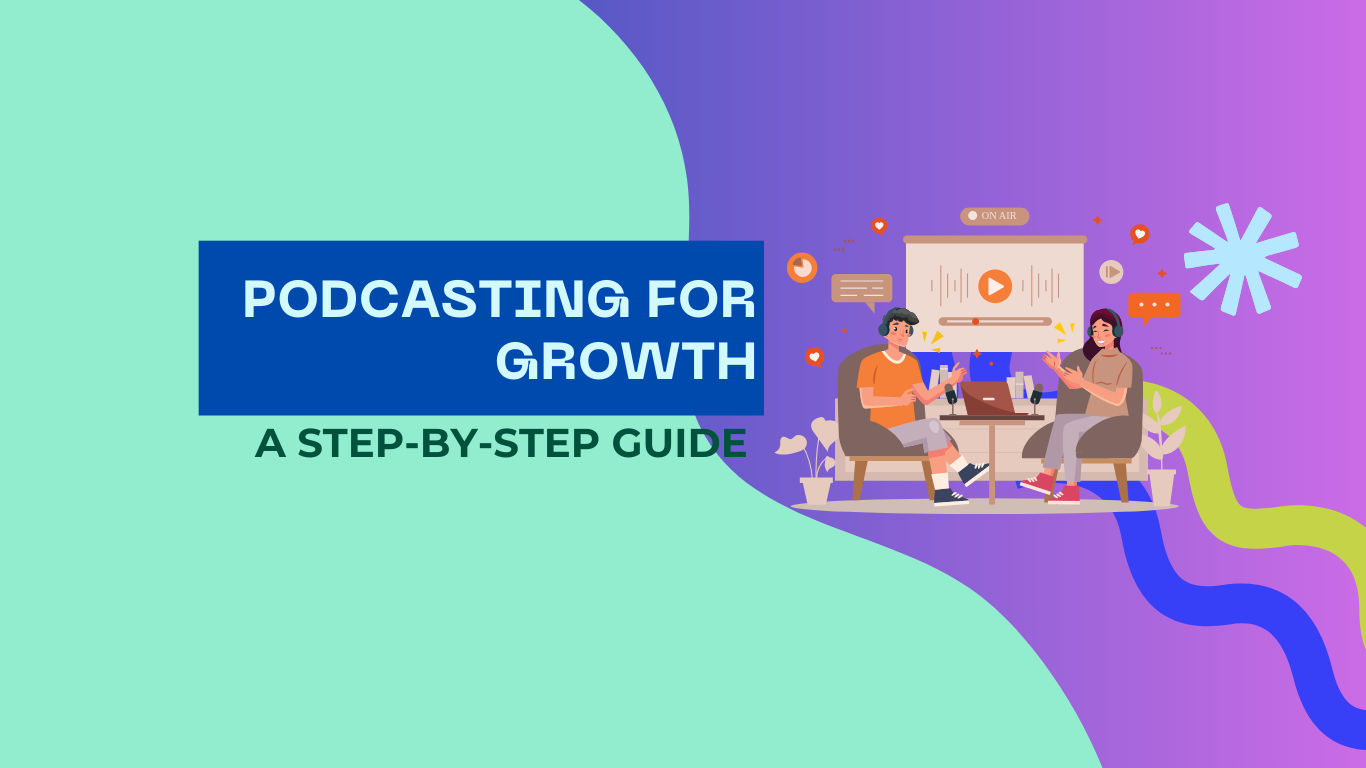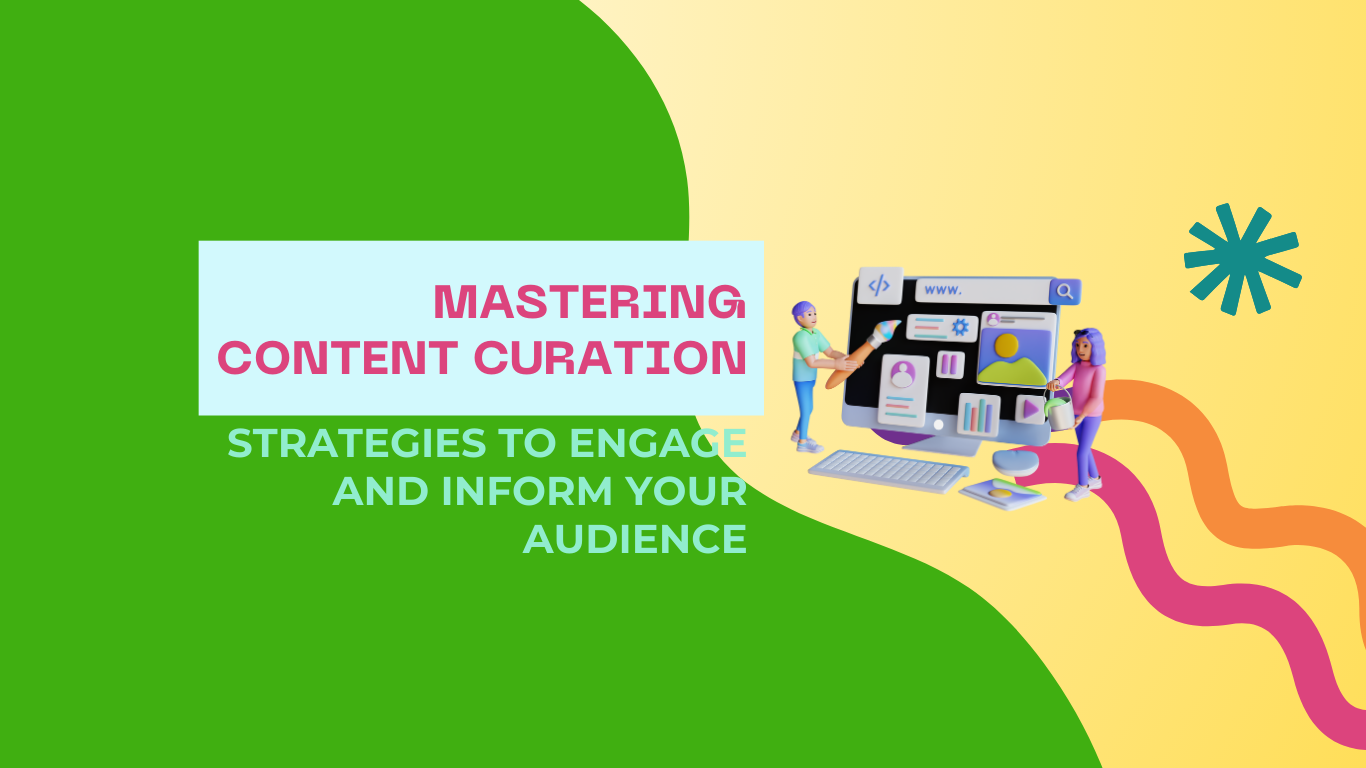Blogging for Business: SEO, AI & Content Strategy

Key Takeaways
- A comprehensive content marketing strategy is essential for leveraging blogs as an impactful business tool.
- Starting a blog requires careful planning, including choosing a niche, platform, and defining a consistent brand voice.
- An effective SEO strategy includes thorough keyword research, technical website optimizations, and consistent content updates to maintain relevance.
- Writing for SEO requires a balance between creating engaging, informative content and optimizing for search engines with strategic keyword placement and article structuring.
- Successful blogs require ongoing effort in content creation, audience engagement, and performance monitoring to drive traffic and achieve business goals.
Content Marketing Strategy
A strong content marketing strategy serves as the foundation for a successful blog. It ensures that your content not only supports your broader business goals but also resonates deeply with your target audience. To begin, it's essential to clearly define your objectives. These could range from increasing brand awareness and driving new customer acquisition to establishing thought leadership within your industry. Knowing exactly what you aim to achieve with your blog will influence both the topics you cover and the tone of your content. Without clearly defined goals, content creation becomes aimless and may fail to serve its intended purpose.
Understanding your audience is equally critical. By leveraging demographic data, customer feedback, and behavior analytics, you can build detailed personas that represent different audience segments. These personas will guide you in crafting content that addresses their specific needs, pain points, and interests. Once your target audience is well-defined, it's time to develop a content calendar. A well-organized calendar not only ensures regular publishing but also allows you to align content with key business initiatives such as product launches, seasonal trends, and industry events.
Diversity in content types can significantly enhance your reach. Blogs, videos, infographics, and podcasts each appeal to different learning styles and preferences, making your content more accessible to a wider audience. This variety keeps your audience engaged while expanding your presence across multiple platforms. Furthermore, regularly reviewing performance metrics, such as page views, bounce rates, and conversion rates, will help you understand which topics resonate most with your audience. This data-driven approach will enable you to refine your strategy over time.
Lastly, the distribution of content is as important as its creation. Your content should be shared across multiple channels—social media, email newsletters, and partnerships with influencers—to ensure it reaches the widest possible audience. Collaborating with industry experts and thought leaders can further amplify your content, enhancing its credibility and increasing its visibility.
How to Start a Blog
Starting a blog requires a strategic and deliberate approach to ensure it becomes a powerful tool for your business. The first step is to identify a niche that aligns with both your expertise and your business goals. Choosing a specific focus allows you to differentiate your blog in a crowded digital landscape, making it easier to attract and retain readers who are interested in your particular field or industry. A well-defined niche also helps to position you as an authority in that area, fostering trust and loyalty among your audience.
After selecting a niche, the next step is to choose a blogging platform. WordPress is popular for its flexibility and customization options, making it ideal for businesses looking to scale. Alternatively, platforms like Medium or Wix offer user-friendly interfaces that are better suited to beginners or those who prioritize ease of use over customization. Securing a domain name is another crucial step in establishing your blog. Opt for a name that is memorable, reflects your brand, and is easy to type. Investing in a self-hosted blog, rather than using free hosting services, grants you greater control over your site’s functionality and appearance, while also lending your blog a more professional appearance.
Design is a key factor in a blog’s success. Select a theme that is visually appealing, mobile-responsive, and aligned with your brand’s identity. A well-designed blog enhances the user experience, encouraging visitors to spend more time on your site and return in the future. Your blog’s brand voice should also be consistent. This voice represents your brand’s personality and should resonate with your target audience, creating a sense of connection and trust.
Before launching your blog, it’s essential to develop a content calendar that outlines the topics you plan to cover. This will ensure you maintain a regular posting schedule and address a variety of topics that correspond to different stages of your customer’s journey—from awareness to consideration and ultimately to decision-making. To create momentum at launch, have several high-quality posts ready so that visitors have ample content to explore. These posts should provide value, showcase your expertise, and encourage readers to return. Promotion is critical to a successful blog launch, so share your content through social media, email marketing, and search engine optimization (SEO) techniques. Keep in mind that starting a blog is just the first step; consistent effort is needed to engage your audience and grow your readership over time.
SEO Strategy
A robust SEO strategy is critical for ensuring your blog gains visibility in search engine results, thereby attracting a steady stream of organic traffic. The foundation of any successful SEO strategy is thorough keyword research. This research helps you identify the specific terms and phrases your target audience is using when searching for information. Tools like Google Keyword Planner, Ahrefs, and SEMrush are invaluable for finding keywords that strike the right balance between search volume and competition. Targeting long-tail keywords—more specific, niche phrases—can be especially effective for driving highly relevant traffic to your site.
On-page SEO is another essential aspect of optimizing your blog. This involves seamlessly integrating target keywords into the title, meta description, headings, and throughout the body of your blog posts. It's important to avoid overstuffing your content with keywords, as this can result in penalties from search engines and detract from the user experience. Optimizing images by compressing their file sizes and using descriptive alt text is another simple but effective way to enhance both your site’s load time and its accessibility for users with disabilities.
Technical SEO, which focuses on the underlying infrastructure of your blog, is equally important. Ensure that your site is mobile-friendly, as an increasing number of users are accessing content via mobile devices. Additionally, your site should be secure (using HTTPS) and load quickly to prevent users from bouncing due to long load times. A clean, logical URL structure and an organized sitemap also make it easier for search engines to crawl and index your site. Building backlinks from reputable sites is another critical factor for improving your blog's domain authority. Focus on earning these links through guest posting, influencer collaborations, and sharing valuable content that others will want to reference.
High-quality content is the cornerstone of any SEO strategy. Regularly producing detailed, informative articles that address your audience’s needs will not only keep them coming back but will also signal to search engines that your site is valuable and authoritative. Internal linking is another effective tactic, as it helps distribute authority across your site and encourages readers to explore additional content. Continuously monitor your SEO performance, adjusting your strategy based on metrics like search rankings, click-through rates, and traffic volume to stay competitive in an ever-evolving search landscape.
How to Write for SEO
Writing for SEO is a delicate balance between crafting engaging, informative content and optimizing for search engines. Start by conducting thorough keyword research to pinpoint the phrases and questions your audience is searching for. This will help you identify both primary and secondary keywords to target within your content. Use these keywords strategically in critical areas such as the title, meta description, and headings, as well as naturally throughout the body of the text. However, prioritize readability and avoid awkwardly forcing keywords into your writing.
Compelling headlines are essential for capturing attention and driving clicks. The title of your article should not only include your primary keyword but also be engaging enough to entice readers to click. A strong introduction is just as crucial; it should clearly outline what the article will cover and immediately address the reader’s key concerns or questions. Structuring your article with headings, subheadings, bullet points, and numbered lists will improve readability and make it easier for search engines to understand the structure of your content.
To further enhance your SEO, incorporate related keywords and synonyms throughout the text to increase its relevance without keyword stuffing. Linking to other relevant pages on your site (internal linking) keeps readers on your blog longer and helps distribute SEO value. Additionally, linking out to authoritative external sources adds credibility to your content. High-quality articles that provide genuine value to readers, answer their questions, and keep them engaged will reduce bounce rates and improve time-on-page metrics, which are important SEO signals.
Optimizing images and multimedia is also crucial for SEO. Ensure images are compressed to reduce load times, and use descriptive alt text to improve accessibility and provide additional SEO value. Finally, conclude your article with a clear call to action (CTA), whether it’s encouraging readers to explore more content, sign up for your newsletter, or make a purchase. A well-placed CTA guides readers to the next step and contributes to better user engagement, which can positively impact your SEO performance.




.png)
.png)


.png)
